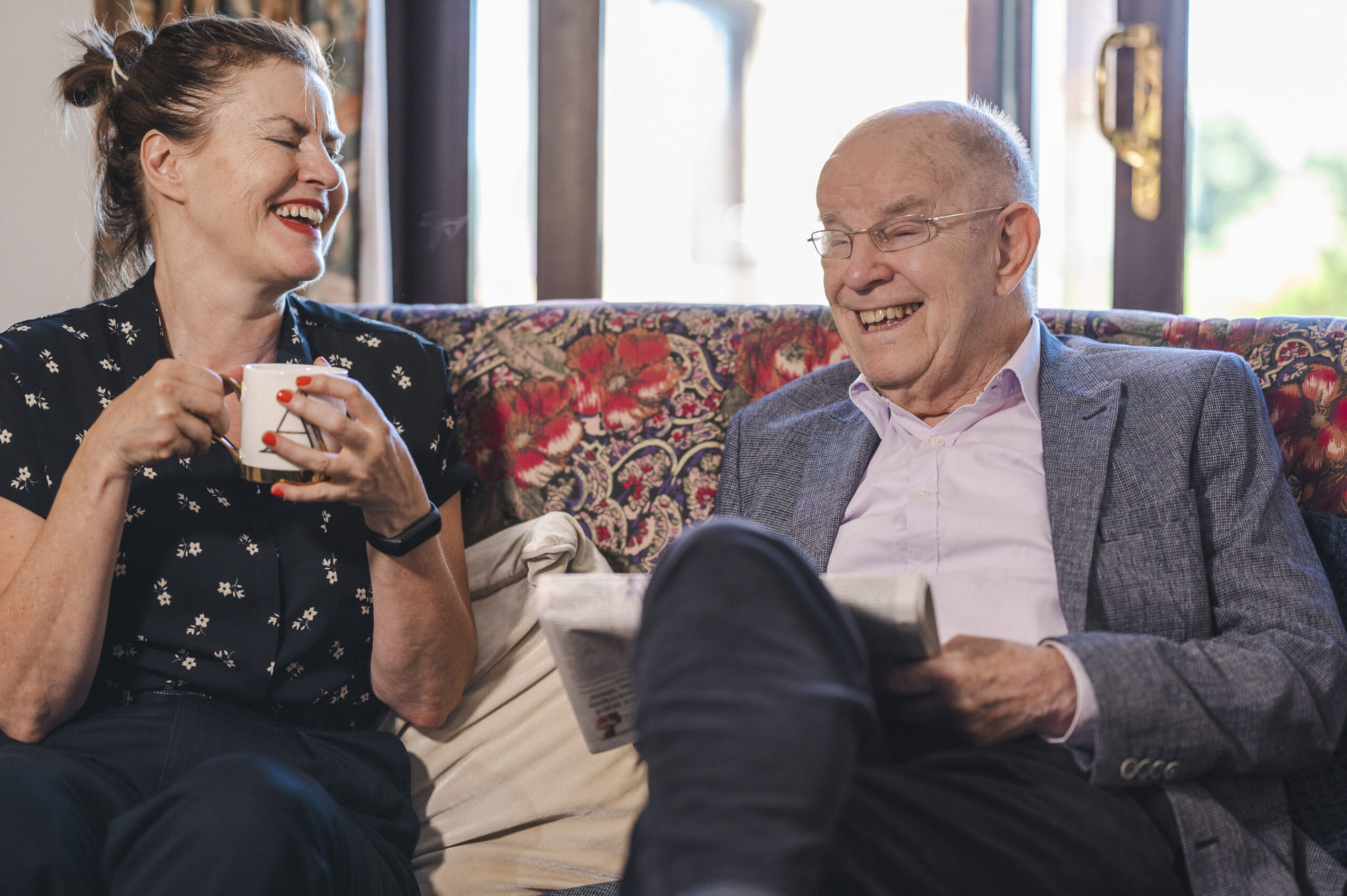BuddyHub: The Membership Community Just For You
9 min read
What makes BuddyHub different? What is it about the way we operate that sets us apart from other friendship clubs? Unsurprisingly, these are questions we ask ourselves regularly!
Not just because we’re always trying to provide a better service and improve the member experience. But also because we’re genuinely committed to engaging members in the ongoing development of BuddyHub’s community.
Let’s take a look at what we mean by this.

Doing things with you not to you
Our vision is to create a better-connected world where anyone can make meaningful new friendships and find greater personal fulfilment.
We are an intergenerational friendship club. And believe we are unique in this respect. We want to give adults of all ages living in London many opportunities to meet people with shared interests, build and sustain their social circles and experience a deep sense of community.
Enabling them to make new friends and enjoy new experiences. Helping them to feel a sense of purpose in uncertain times. Providing a welcoming environment for people who may feel marginalised in the community for whatever reason. Creating space for friendship with people you might never meet in the normal course of life.
That’s all very well, you might say. But how do we actually translate these fine sentiments into the real world?
We’re glad you asked! There have been conversations about what we mean by ‘participation’ and ‘engagement’ in our sector for a long time. A key theme is that ‘audiences’ don’t actually exist. Rather, people exist, working together to find creative solutions to the challenges they face. So, the question we’re asking ourselves and our stakeholders is:
How do we create an intergenerational friendship community built on kindness and purpose by tapping into people’s knowledge, enthusiasm and commitment?
The beauty of this approach is that it offers people the opportunity to help deliver our collective vision, build community engagement, and help us, in our own small way, to make the world a better place.
Hearing your voices
Our starting point is that most people recognise the importance of friendship in their lives. What they don’t always know is where to find it. Or how to go about making it happen in a way that works for them.
And, let’s be honest, making and retaining friends can be difficult. It takes time and effort to get to know people, develop deeper emotional bonds, and make the space in your life to sustain those friendships. That’s assuming, of course, you have the opportunity to meet the right people in the first place!
Perhaps this is why research indicates that 20% of those under 34 have only one or no close friends. A slightly troubling statistic, I think we can all agree!
Given these challenges, it’s not surprising that a variety of friendship solutions and communities have sprung up over the years. Some offline, some online. However, many offer limited value. evolving around a one-size-fits-all approach that doesn’t suit many people, or a narrowly defined niche that suits even fewer.
To move beyond these limitations we want to make our members feel valued. Using our unique Friendship Finder, our Friendship Wheel service matches members who we feel will likely click. To oil the wheels of friendship we make initial suggestions around where to meet and what to do, based on shared interests, beliefs and values. But then it’s really all about empowering members to enjoy new experiences with their new friends.
We are also inviting members to co-design our newer Friendship Clubs service, and take the lead on the management of the Clubs at a community level once we’ve helped them develop a momentum of their own.
We want people to feel that they belong to something that belongs to them. We want people to feel passionate about BuddyHub. We want the people BuddyHub serves to shape BuddyHub’s future.
We make the road by walking
This means going beyond a default transactional focus on growing membership numbers or extending our geographical reach beyond our current areas of operation to looking more broadly at how we add value to people’s lives and help them thrive.
It means developing a deep understanding of what members want, seeking out local community knowledge, and recognising that people have different perspectives, with every individual bringing their own unique experiences to the table.
It means marrying our understanding of the social science behind friendship formation to a willingness to let go of preconceptions about how best to develop our unique service model at a community level.
It means making space for members to participate in the way they want to participate, allowing them to bring their skills and experience to bear, and allowing us to learn from the wisdom of others.
It means recognising that we’re all different. Some people are natural extroverts. Others are natural introverts. Others sit somewhere in the middle. On top of this, many people experience social anxiety. And find turning up to events on their own or when they don’t know anyone challenging. So, we design our services to meet differing social needs. We address social anxiety issues in various ways, through, for example, our ‘Meet the Host’ bios and short video calls arranged ahead of an event so you know who you’ll be meeting. We’re continuing to develop additional support in this area, based on member needs.
Finally, it means recognising that members want to feel safe when using BuddyHub services and interacting with other members. Everyone who joins our community is required to verify their identity with photo ID and a proof of address which we check at an in-person meeting.
Investing in your wellbeing
Importantly, our mission is underpinned by our legal structure. As a social enterprise and community interest company we are committed to reinvesting a majority of any future profits to grow our reach, achieve sustainability and deliver our social mission. Community benefits and member needs drive what we do.
We want to encourage experimentation, learn from what works and create a channel for new ideas about how to deliver our mission to build community engagement. It’s a shared journey where we all contribute to the betterment of our collective physical, mental and emotional wellbeing.
We want people to take ownership of their social lives and create the conditions for more rewarding life experiences. Experiencing a greater sense of community participation. And exploring opportunities to find deeper fulfilment as human beings.
Why do we do this? Because friendship matters! It matters to us. It matters to you. Take a look at our website to find out more about how we can enrich your social life. Or contact us at hello@buddyhub.co.uk if you have any questions.





